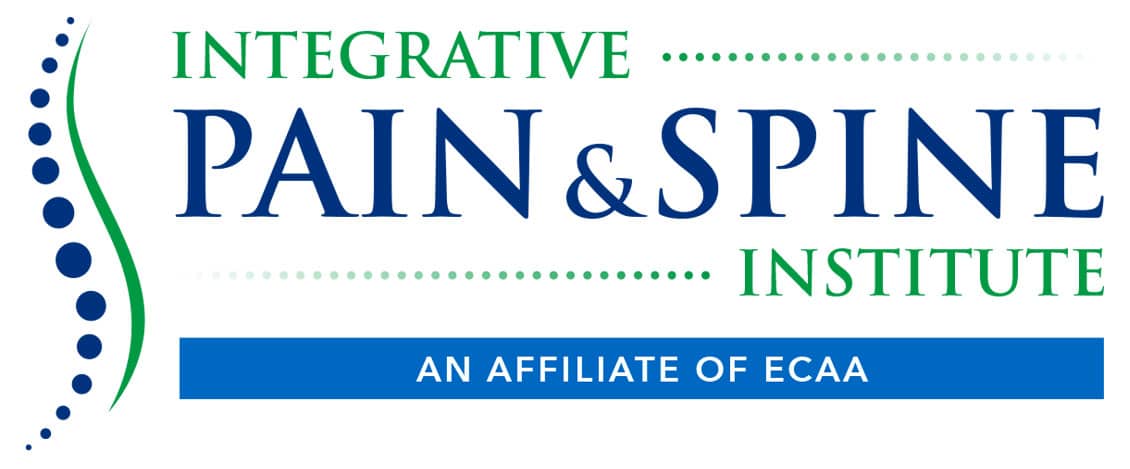It is estimated that about 80% of adults suffer from back pain and back-related complications. Back pain may stem from accidents, muscle strain caused by heavy lifting or poor mechanics, scoliosis, osteoporosis, arthritis, or other conditions. There are many different treatments available for back pain that health care practitioners such as chiropractic, pain management, physical therapy, and orthopedic/neurological surgeons can perform. Depending on the severity of the issue, a back brace may be ordered for you to help prevent further injury and allow proper healing to occur before more invasive procedures are performed.
Bracing products help relieve pain from conditions such as:
– Bulging or Herniated Discs
– Degenerative Disc Disease
– Spinal Stenosis
– Spondylolysis
– Spondylolisthesis
Braces are a common tool used in pain management to support and stabilize injured areas of the body. While braces can provide benefits for pain management, there are also some drawbacks to consider. We will discuss the pros and cons of bracing for pain management and how it works.
How does a Back Brace Help?
- Provide additional spinal support. A back brace can add stability when the low back is unstable due to injured or weakened spinal structures. By holding the torso in a safe, supportive posture, a back brace can help provide a healthy healing environment for the current injury and prevent additional injuries.
- Reduce pressure on the spinal structures. A back brace can help unload some of the weight normally placed on the lower back, in the process reducing pressure on the spine’s joints, discs, and muscles. By reducing spinal pressure, a back brace may lessen painful muscle tension that is a common protective reaction following an injury. 1
- Reduce range of motion during healing. A back brace prevents or restricts painful movements, such as twisting the spine or bending forward, backward, or to the side. Limiting painful movements and postures can also help improve awareness of the body’s positioning (proprioception), which allows the wearer to consciously adjust posture for improved back health.
- Reduce micro-motion between vertebral segments. Braces also limit excess micro-movements at a particular spinal segment or vertebral fracture, thereby limiting pain from muscle tension and irritated joints or nerve roots.
What are the Pros of Bracing?
Braces can provide several benefits for pain management, including:
- Support and stability: Braces can provide support and stability to injured areas, which can help reduce pain and prevent further injury.
- Improved function: By providing support and stability, braces can help improve function and mobility, allowing patients to return to daily activities.
- Pain relief: Braces can help reduce pain by limiting movement and providing support to the affected area.
What are the Cons of Bracing?
While braces can be helpful, there are also some drawbacks to consider, including:
- Dependency: Patients can become dependent on braces, which can lead to muscle atrophy and weakened joints over time.
- Skin irritation: Braces can cause skin irritation and discomfort, especially if worn for extended periods.
- Limited mobility: Braces can limit mobility and make certain activities more difficult.
What are the Types of Braces?
There are several types of braces used for pain management, including:
- Knee braces: Used to provide support and stability for knee injuries, such as ACL tears or meniscus tears.
- Back braces: Used to support the lower back and reduce pain caused by conditions such as sciatica or herniated discs.
- Wrist braces: Used to support the wrist and reduce pain caused by conditions such as carpal tunnel syndrome or wrist sprains.
When to Use Bracing for Pain Management?
Braces are typically used in pain management when there is an injury or condition that requires additional support and stability. However, it is important to consult with a healthcare provider to determine the best course of treatment for each individual case.
Are you experiencing any back injury-related conditions or complications? Dr. Manvar will supply you with the best back brace or pain management solution. We are ready to do the paperwork for you. It is important to consult with Dr. Manvar to determine the best course of treatment for each individual case. Dr. Manvar works with highly skilled and reputable companies for bracing who often get them approved through your insurance provider. They will meet you at our office and custom fit you for the brace.
Contact us to learn more about how braces can be used in your pain management plan. 704-317-1440
